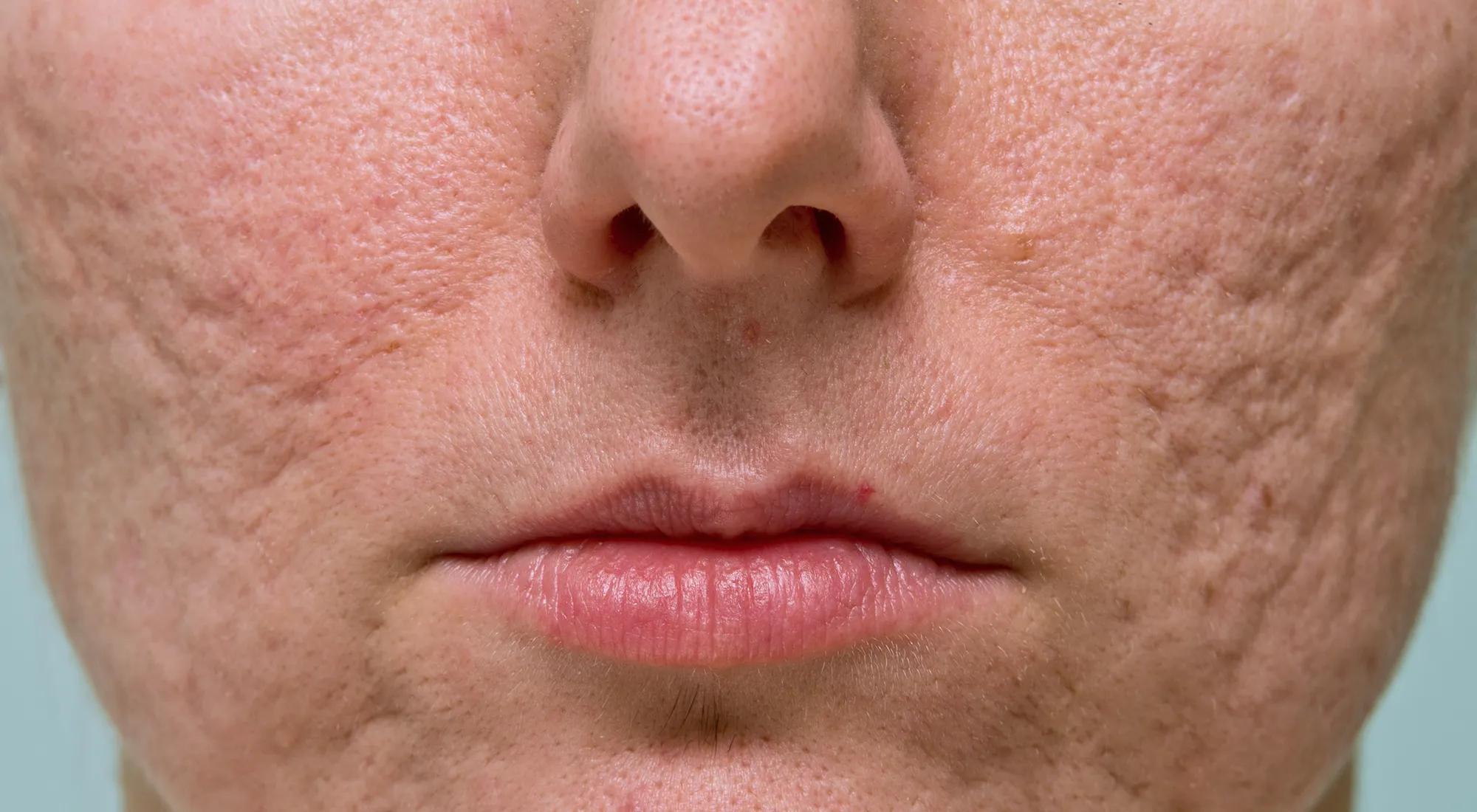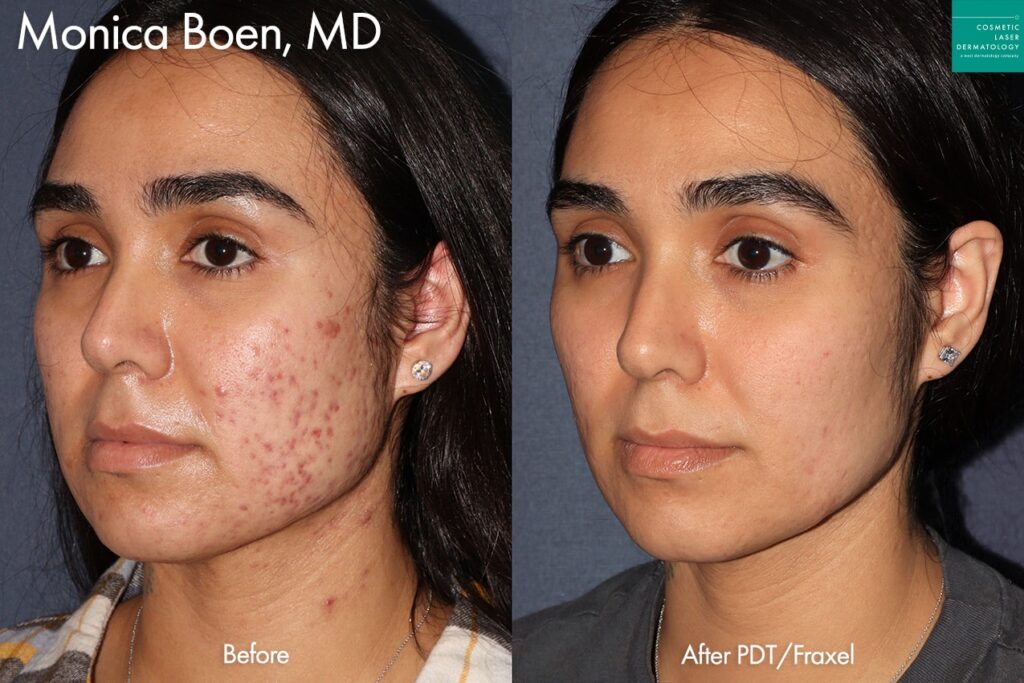Targeted Acne and Acne Scars Treatment: Redeem Your Clear Skin
Discovering Skin Disease: Dealing With and determining Acne Scars for Healthier Skin
Acne scars stand for a substantial problem for people seeking to maintain healthy and balanced skin, as they can affect both look and self-esteem. Comprehending the numerous sorts of scars, from atrophic to hypertrophic, is important for establishing suitable treatment alternatives. While specialist treatments like chemical peels and microneedling can be efficient, the value of personalized treatment strategies can not be overstated. In addition, preventative steps play an important role in lessening future scarring. As we check out these aspects, one have to consider how the best strategy can result in transformative outcomes.
Recognizing Acne Marks
Understanding acne scars is important for any individual who has experienced serious acne, as these marks can have an enduring influence on both physical appearance and emotional well-being. Acne scars create when the skin goes through inflammatory responses during energetic acne lesions. The intensity of scarring is often affected by aspects such as the kind of acne, its duration, and individual skin features.
The body's all-natural recovery process can lead to either atrophic scars, which look like anxieties in the skin, or hypertrophic scars, which are raised and result from overproduction of collagen. Additionally, the psychological toll of acne scars ought to not be taken too lightly; lots of individuals report sensations of humiliation, anxiousness, and decreased self-confidence. This psychological concern can influence social communications and overall lifestyle.
Resolving acne scars calls for a comprehensive understanding of their development and influence. Understanding of the possibility for lasting effects related to without treatment marks can inspire individuals to look for proper treatments. Early treatment and reliable monitoring approaches can dramatically enhance skin appearance and boost mental resilience, emphasizing the relevance of comprehending the intricacies bordering acne scars.
Kinds Of Acne Scars
Acne marks can be categorized into distinct types, each showing special qualities and needing details treatment methods. The main kinds of acne scars consist of atrophic, hypertrophic, and keloid marks.

Hypertrophic marks, on the other hand, are elevated above the skin degree and are the outcome of extreme collagen production during the healing procedure. They typically stay within the limits of the original acne sore. Keloid marks are similar however expand past the original injury website, forming larger, elevated areas that can be itchy or agonizing.
Understanding these sorts of marks is crucial for choosing ideal treatment alternatives. Different marks may react much better to details treatments, such as laser therapies, fillers, or surgical interventions, highlighting the value of a tailored method to acne mark monitoring.
Recognizing Your Marks
Acne scars usually fall into 2 classifications: atrophic and hypertrophic marks. These can further be identified right into ice-pick scars, boxcar marks, and rolling scars, each showing unique attributes and needing various techniques for assessment - acne scars treatment.
Hypertrophic scars, on the various other hand, are increased and take place due to extreme collagen production during the recovery process. Identifying the certain features of your scars-- such as appearance, depth, and width-- is important for correct identification. In addition, consider the distribution of marks across your skin, as this can suggest the extent and duration of the acne condition.
Involving with a skin doctor can provide useful understandings right into the nature of your marks, aiding in the distinction in between numerous types. A complete understanding of your scars will ultimately result in a much more customized and effective treatment plan, making sure a more clear and healthier complexion.
Treatment Choices Offered
Recognizing the specific sort of acne scars present on your skin lays the foundation for discovering reliable therapy alternatives. Common kinds of acne scars include atrophic (depressed), hypertrophic (raised), and post-inflammatory erythema.
For atrophic scars, alternatives such as chemical peels, microneedling, and laser resurfacing are extensively utilized. Chemical peels off utilize acids to remove the outer layer of reference skin, promoting brand-new cell growth.
Hypertrophic marks can be treated with corticosteroid shots to flatten the mark or laser therapy to reduce soreness and improve look. acne and acne scars treatment. Silicone gel sheets and pressure dressings may additionally help in handling elevated marks
Additionally, dermal fillers can temporarily fill in depressions from atrophic marks, while medical excision may be suitable for severe instances. Each therapy choice has its advantages and factors to consider, making it important to consult with a skin doctor. They can supply individualized referrals based on the type and extent of your scars, as well as your skin kind and overall health.
Tips for Avoidance
Efficient prevention methods can considerably reduce the probability of developing acne marks. The very first action is to preserve a regular skincare regimen that includes mild cleansing, peeling, and moisturizing. Utilizing non-comedogenic items assists prevent clogged pores, which can aggravate acne. Additionally, including topical treatments consisting of salicylic acid or benzoyl peroxide can effectively decrease and manage outbreaks swelling.
Staying clear of the urge to choose or stand out acne lesions is vital, as this can bring about deeper skin damage and enhance the danger of scarring. Rather, consider using a cold compress or non-prescription therapies to minimize swelling and soreness.
Sunlight security is another important element of avoidance; ultraviolet (UV) rays can dim marks and prevent the recovery procedure. Using a broad-spectrum sunscreen with a minimum of SPF 30 daily can safeguard the skin and promote even healing.
Finally, maintaining a well balanced diet regimen rich in minerals, anti-oxidants, and vitamins supports skin wellness and healing. Remaining moisturized and managing anxiety degrees can also play a substantial role in minimizing acne flare-ups. By implementing these methods, individuals can considerably decrease their chances of establishing acne marks.

Verdict
In conclusion, understanding and identifying acne scars is important for efficient treatment and accomplishing much healthier skin. Numerous kinds of acne marks, consisting of hypertrophic and atrophic scars, require certain interventions tailored to private requirements. Treatment options range from chemical peels and microneedling to corticosteroid shots, highlighting the value of getting in touch with a skin doctor. In addition, taking on a gentle skincare routine and shielding the skin from UV direct exposure can significantly add to the avoidance of additional scarring and overall skin health.
The body's all-natural recovery process can result in either atrophic marks, which show up as depressions in the skin, or hypertrophic marks, which are increased and result from overproduction of collagen. They are more divided right into 3 subtypes: ice pick marks, boxcar scars, and rolling marks. Acne Home Page scars generally drop into 2 categories: hypertrophic and atrophic scars. These can further be categorized into ice-pick marks, boxcar scars, and rolling scars, each exhibiting unique characteristics and calling for different strategies for assessment.
Numerous types of acne marks, including hypertrophic and atrophic marks, require specific interventions index tailored to specific requirements.